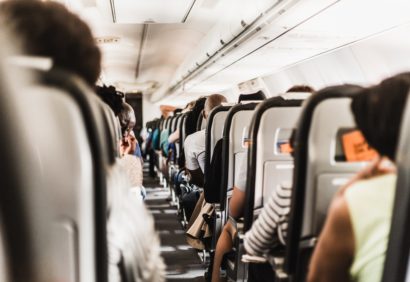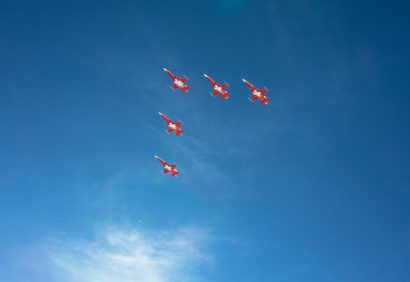“Dry” or “Wet” aircraft rental: what are the differences?
Rather than adding aircraft assets to their balance sheets, airlines are increasingly turning to aircraft leasing. The aircraft leasing market has grown rapidly since its inception in the 1970s, when airlines began to look for alternative sources to develop and finance their aircraft fleet. This gives them great flexibility to adapt their aircraft resources to the high volatility of the market. The Covid-19 crisis confirmed the relevance of this strategy.
Over time, many leasing alternatives have emerged, from dry-lease to full charter, we explain the different contracts available on the market.
In a dry lease, the lessor provides the aircraft as an asset to a customer, usually an airline, without crew, insurance or maintenance for a fixed period of at least several years.
According to the International Air Transport Association (IATA), dry leasing involves the lessor providing an aircraft, but the lessee must ensure that it has its own crew, maintenance and insurance. The aircraft is operated with the lessee’s own Air Operator Certificate (AOC).
The best known dry lease companies are AerCap, Air Lease Corporation, Avolon, SMBC Aviation Capital.
Wet leasing is also known as ACMI, which stands for Aircraft, Crew, Maintenance, and Insurance. The ACMI model emerged in the early 1990s and most ACMI providers are based in Europe and North America.
According to European Union and International Air Transport Association (IATA) regulations, ACMI leasing involves the lessor providing an aircraft with crew, maintenance and insurance. The aircraft is also operated under the lessor’s air operator certificate (AOC).
The EU and EASA regulations only apply to leasing between two AOC holders. Indeed, their objective is to ensure safety by assigning responsibilities. Think of operational control, airworthiness, etc. For each lease, it must be clear who is responsible. Only the AOC holders have these responsibilities.
Therefore, lessors providing the dry lease solutions described above, which do not have an AOC, are not affected by the EU/EASA regulations. Forms of leasing such as ACMI, wet, and even exchange, can all be reduced to wet or dry.
EU/EASA definitions: Dry-lease: operation under the lessee’s WCA ; Wet-lease: transaction under the lessor’s WCA.
Meanwhile, according to the United States Federal Aviation Administration (FAA), ACMI in aviation is “any lease arrangement in which a person agrees to provide an entire aircraft and at least one crew member”.
Who are the main players in ACMI? Please contact us

Wet and dry lease: advantages and disadvantages
There are several advantages to hiring aircraft. These include the almost immediate availability of aircraft, the absence or low down payment and the fact that an airline does not have to worry about disposing of an aircraft after it has worn out.
With dry lease, the airline has to take care of its own crew, aircraft maintenance and insurance. In addition, the airline is responsible for crew training, maintenance costs, union contracts and staffing at airports. While this may seem like a lot to consider, the main advantage of bareboat leasing is that the airline has full control over the flying experience.
According to the commercial bank Assets America, dry-leasing only makes sense when the airline already has its own crew and AOC.
If the airline does not have the time to deal with the difficulties of managing its own crew or maintaining the aircraft, wet-leasing is designed to be a time-saving option for many carriers. Wet-leasing can also allow you to fly in countries where operations are prohibited.
The wet-lease option also allows the carrier to supplement its service when its capacity is insufficient. However, the airline has no control over the flying experience.
A wet lease can be either short or long term, and usually lasts from two months to two years. In comparison, bareboat leases generally last longer than two years.
The aviation industry, including the aircraft leasing market, experienced a decline at the height of the COVID-19 pandemic. However, aircraft leasing – particularly the ACMI sector – is expected to play an important role in the post-pandemic recovery. Leasing is a flexible and cost-effective way to revive an airline’s fleet and resources after a hiatus of nearly two years.





